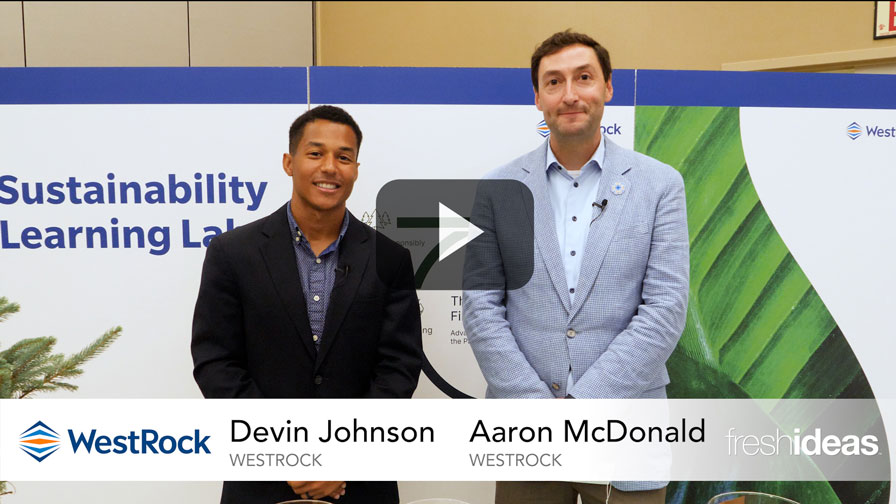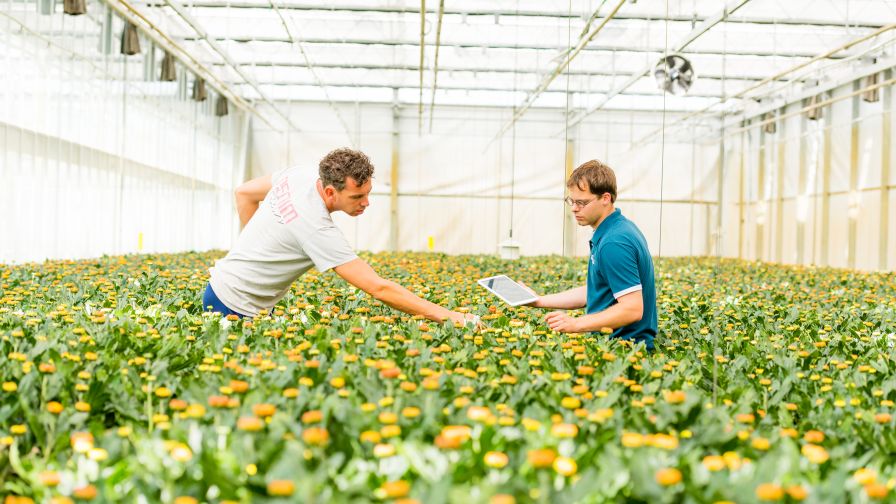Ways Automation Can Help You Reduce Costs and Solve Labor Challenges
Greenhouse automation should not be considered a panacea for all production-related problems, nor does it need to happen at all at once. That was one of many take-home messages delivered by a panel of controlled-environment agriculture (CEA) technology suppliers during the Indoor AgTech Innovation Summit in Brooklyn, NY, in June.
The panel’s focus, “Reducing Costs and Solving Labor Challenges with Artificial Intelligence (AI), Automation, and Robotics,” was moderated by Robert Colangelo, CEO of Green Sense Farms Holdings, and featured Ken Tran, Chief Technology Officer at Koidra; Eric Adamson, co-founder and CEO of Tortuga AgTech; Jake Felser, Chief Technology Officer at Freight Farms; and Allison Kopf, Chief Growth Officer at IUNU.
Here is a breakdown of the discussion, which offered several insights into where the future of technology lies for the CEA and vertical farming industries.
On What Automation, AI, and Robotics Really Mean …
Adamson: “It’s about hardware and software applied to a particular problem, and it’s especially valuable if you can ID one task where it can be applied, rather than trying to solve all your problems at once.”
Felser: “It’s about ease of use, making farming bullet-proof, and addressing dull, dirty, and dangerous duties in your operation.”
Kopf: “AI can help you process large amounts of data, and learn from it. It can also help you increase returns.”
Tran: “Automation does not equate to efficiency, but you can associate efficiency with it. It means being able to automate your skilled workers. AI, on the other hand, is sometimes used too much as a marketing term, which can be dangerous.”
On the Pain Points of Automation …
Felser: “Yield, energy, and labor are the biggest challenges that still need to be overcome.”
Kopf: “Some companies have years of strong horticulture experience, but much less experience with technology. It’s the complete opposite for other companies. For each of these companies, the biggest issue is how automation can solve their current pain points, as well as address other problems like pricing and inflation.”
Tran: “When I was at GreenTech in the Netherlands in June, we heard talk of the potential for several companies to cease operations because of high energy costs. Having skilled growers can help you manage this, and if we can’t use automation to address this problem, we might be facing the same future here in the U.S.”
On the Risk Factors for High-Tech Systems …
Kopf: “Technology can certainly have a meaningful impact in CEA production. There is also a lower risk in CEA. For example, if you’re growing corn in the field, you have one chance to get it right, whereas we can offer continued value. The bigger issue I see is that we need to make technology approachable for everyone, and develop it for those growers who may want to use it but may not be able to go all-in right away.”
On the Potential for Too Much Bandwidth and Fatigue …
Adamson: “Overpromising and underdelivering is still too common in this industry. We need to meet growers where they are and be honest about the technology we are offering. The most important thing is, it has to work.”
Felser: “Continued education is important. Our goal should be to help growers get off and running with new technology, and to be there when they have problems.”
Kopf: “We sometimes expect a lot from growers without giving them the tools to succeed. Offering the right tool at the right time is important, and we need to show how it can be easily integrated into a grower’s current framework.”










